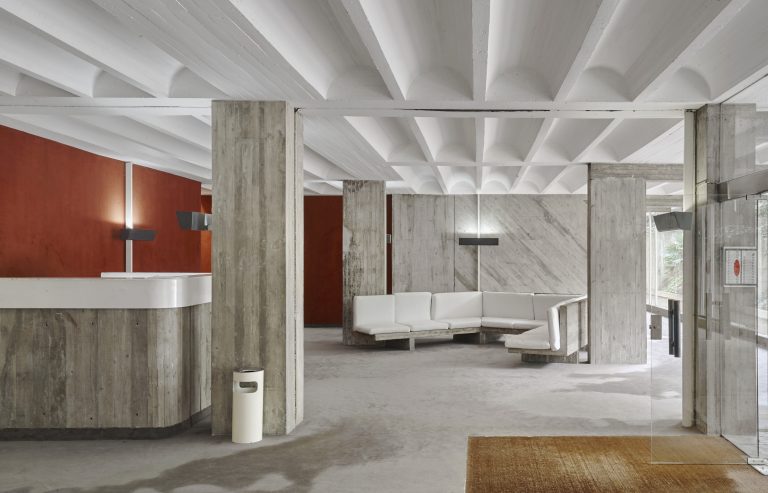In Pictures
-

© Francesc Català-Roca
Fons Fotogràfic F. Català-Roca / Arxiu Nacional de Catalunya
-

Oriol Maspons, Julio Ubiña
Request the image
© Fons Fotogràfic O. Maspons / Arxiu Històric del COAC
-

Oriol Maspons, Julio Ubiña
Request the image
© Fons Fotogràfic O. Maspons / Arxiu Històric del COAC
-

© Francesc Català-Roca
Fons Fotogràfic F. Català-Roca / Arxiu Nacional de Catalunya
-

Oriol Maspons, Julio Ubiña
Request the image
© Fons Fotogràfic O. Maspons / Arxiu Històric del COAC
-

Oriol Maspons, Julio Ubiña
Request the image
© Fons Fotogràfic O. Maspons / Arxiu Històric del COAC
-

© Francesc Català-Roca
Request the image
Fons Quaderns d'Arquitectura i Urbanisme / Arxiu Històric del COAC
-

© Francesc Català-Roca
Fons Fotogràfic F. Català-Roca / Arxiu Nacional de Catalunya
-

© Francesc Català-Roca
Request the image
Fons Quaderns d'Arquitectura i Urbanisme / Arxiu Històric del COAC
-

Oriol Maspons, Julio Ubiña
Request the image
© Fons Fotogràfic O. Maspons / Arxiu Històric del COAC
-

Oriol Maspons, Julio Ubiña
Request the image
© Fons Fotogràfic O. Maspons / Arxiu Històric del COAC
-

Oriol Maspons, Julio Ubiña
Request the image
© Fons Fotogràfic O. Maspons / Arxiu Històric del COAC
-

Oriol Maspons, Julio Ubiña
Request the image
© Fons Fotogràfic O. Maspons / Arxiu Històric del COAC
-

Oriol Maspons, Julio Ubiña
Request the image
© Fons Fotogràfic O. Maspons / Arxiu Històric del COAC
-

Oriol Maspons, Julio Ubiña
Request the image
© Fons Fotogràfic O. Maspons / Arxiu Històric del COAC
-

Oriol Maspons, Julio Ubiña
Request the image
© Fons Fotogràfic O. Maspons / Arxiu Històric del COAC
-

© Francesc Català-Roca
Request the image
Fons Quaderns d'Arquitectura i Urbanisme / Arxiu Històric del COAC
-

© Francesc Català-Roca
Request the image
Fons Quaderns d'Arquitectura i Urbanisme / Arxiu Històric del COAC
-

© Francesc Català-Roca
Request the image
Fons Quaderns d'Arquitectura i Urbanisme / Arxiu Històric del COAC
-

© Francesc Català-Roca
Request the image
Fons Quaderns d'Arquitectura i Urbanisme / Arxiu Històric del COAC
-

José Antonio Coderch de Sentmenat, Manuel Valls i Vergés
© VEGAP -

José Antonio Coderch de Sentmenat, Manuel Valls i Vergés
© VEGAP -

José Antonio Coderch de Sentmenat, Manuel Valls i Vergés
© VEGAP -

José Antonio Coderch de Sentmenat, Manuel Valls i Vergés
© VEGAP -

José Antonio Coderch de Sentmenat, Manuel Valls i Vergés
© VEGAP






















